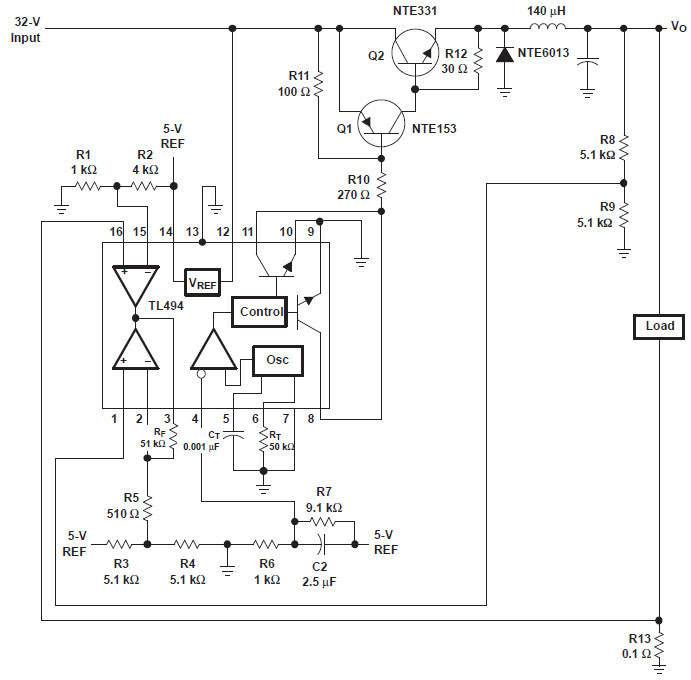In most PWM-based power supply controllers, the purpose of the error amplifier is to generate a control voltage that is compared with a ramp voltage to determine the on-time of the PWM generator (usually a flip-flop).
One input to the amplifier (the non-inverting) is a DC reference voltage. The other input (the input) is a scaled representation of the output voltage. To stabilize the converter, some compensation is connected between the output of the amplifier and the non-inverting input. The rest of the converter is in parallel with the compensation, and the output of the error amplifier will settle at an operating point depending on the setpoint desired.
As you can imagine, if this operating point is zero (i.e. the feedback voltage is higher than the reference voltage), the duty cycle that will be generated is zero. If the feedback voltage is lower than the reference, the duty cycle will increase, which increases the feedback voltage, reduces the error, which lowers the operating point, lowers the duty cycle, etc. etc.
The motor application forces the error amplifier outputs to swing to zero (non-inverting tied high, inverting tied low), but the error amplifier output is being overridden with the potentiometer circuit. This allows one to directly program a control voltage with the potentiometer, which generates the PWM duty cycle independently of the error amplifiers and with no feedback.



 (source:
(source: